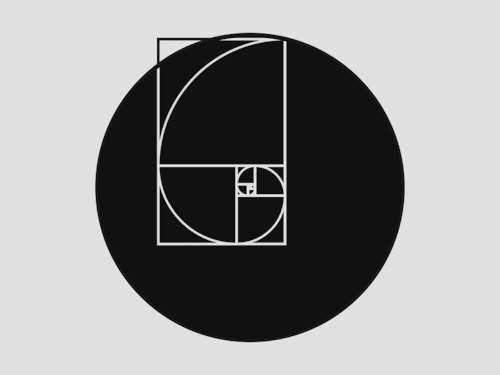PHI: THE GOLDEN RATIO = 1.61803399
Two quantities a and b are said to be in the golden ratio φ if
a+ba=ab=φ.
One method for finding the value of φ is to start with the left fraction. Through simplifying the fraction and substituting in b/a = 1/φ,
a+ba=1+ba=1+1φ.
Therefore,
1+1φ=φ.
Multiplying by φ gives
φ+1=φ2
which can be rearranged to
φ2−φ−1=0.
Using the quadratic formula, two solutions are obtained:
φ=1+52=1.6180339887…
and
φ=1−52=−0.6180339887…
Because φ is the ratio between positive quantities φ is necessarily positive:
φ=1+52=1.6180339887… .
The golden ratio has been claimed to have held a special fascination for at least 2,400 years, although without reliable evidence. According to Mario Livio:
Some of the greatest mathematical minds of all ages, from Pythagoras and Euclid in ancient Greece, through the medieval Italian mathematician Leonardo of Pisa and the Renaissance astronomer Johannes Kepler, to present-day scientific figures such as Oxford physicist Roger Penrose, have spent endless hours over this simple ratio and its properties. But the fascination with the Golden Ratio is not confined just to mathematicians. Biologists, artists, musicians, historians, architects, psychologists, and even mystics have pondered and debated the basis of its ubiquity and appeal. In fact, it is probably fair to say that the Golden Ratio has inspired thinkers of all disciplines like no other number in the history of mathematics

